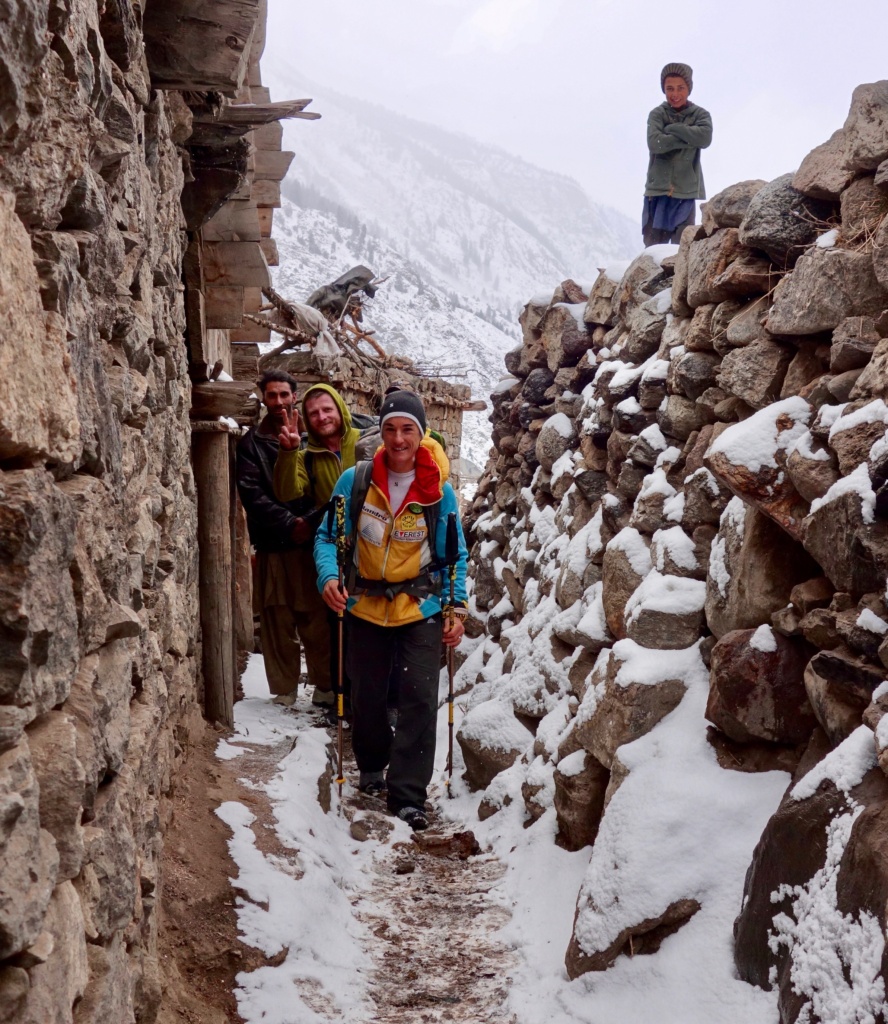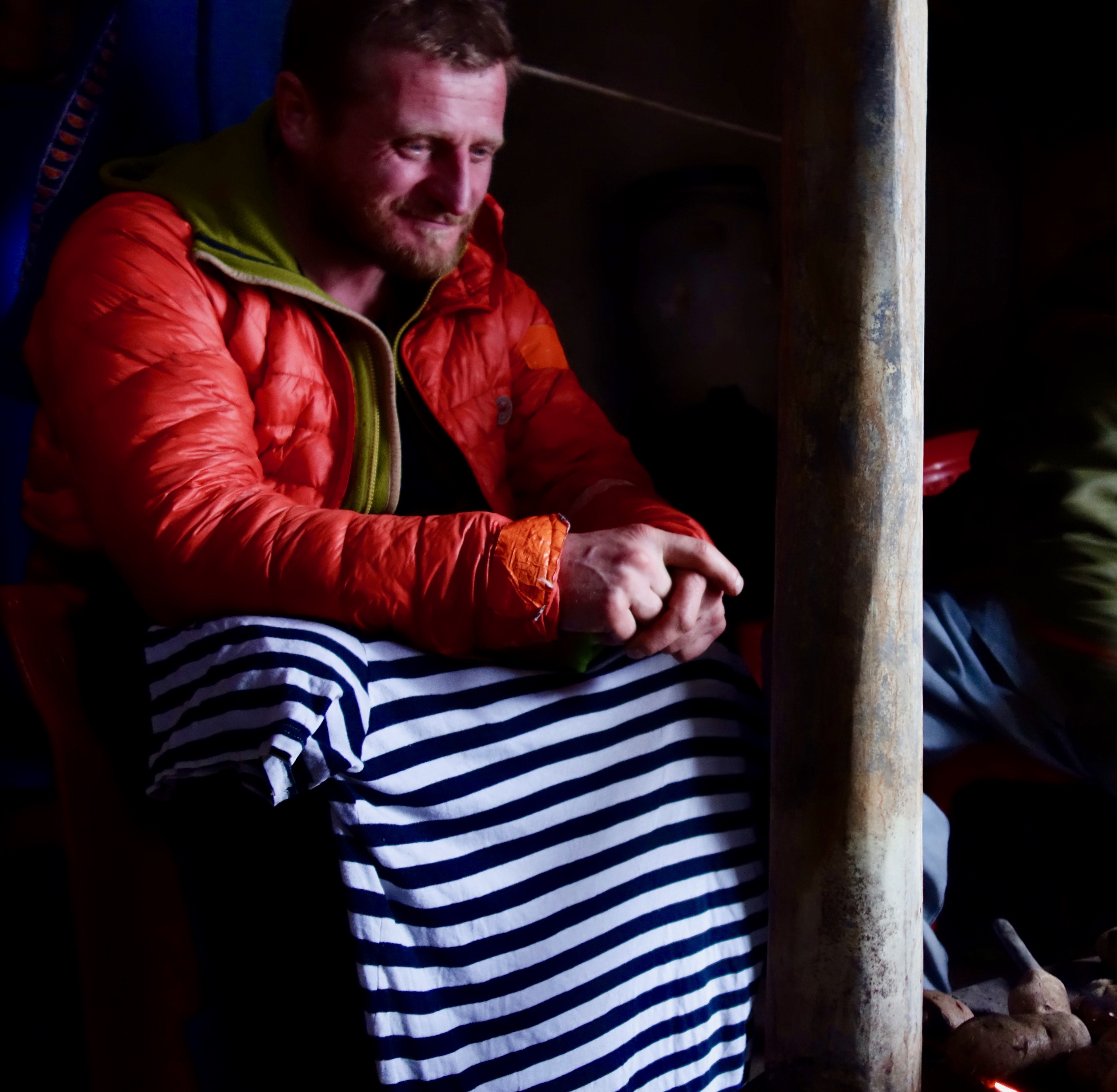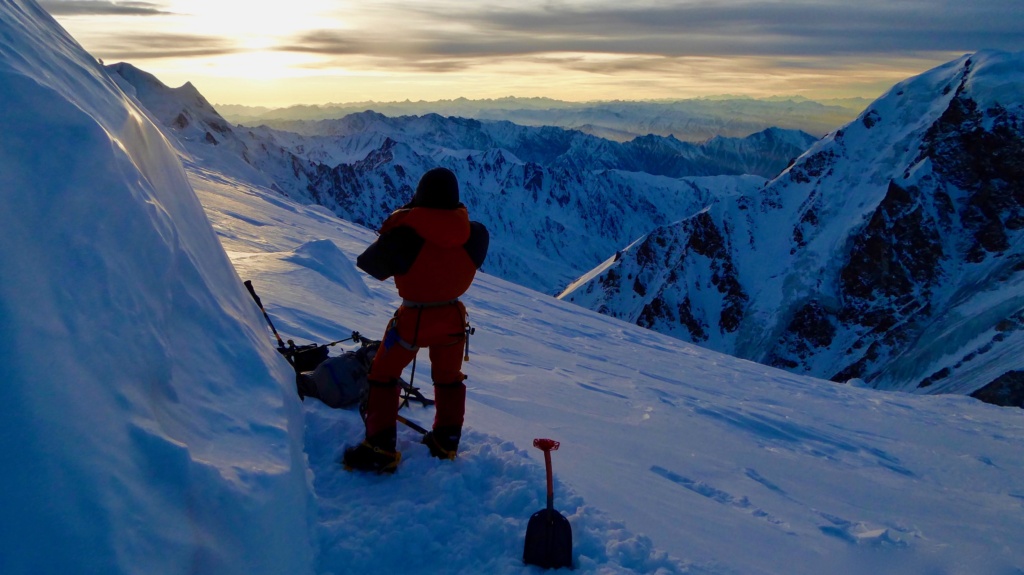Elisabeth ‘Eli’ Revol and Tomasz ‘Tomek’ Mackiewicz made it to the summit of Nanga Parbat in 2018. Only one made it back alive.

Elisabeth Revol: The woman who survived the Killer Mountain
Survival has many meanings for someone who has endured as much as mountaineer Elisabeth Revol—and lived to tell the tales of her incredible feats
After 10 hours since starting out from their summit camp, Elisabeth ‘Eli’ Revol and Tomasz ‘Tomek’ Mackiewicz were finally 90 metres below the summit of Nanga Parbat—at 8,126 metres, the ninth highest mountain in the world. It was 25 January 2018. The time was 5.15pm. The conditions on the mountain seemed perfect for the moment, though it would get dark soon.
This was Tomek’s seventh attempt on the mountain, Revol’s fourth and their third as a team. Between them, they had tons of experience, which in the past had blessed them with the wisdom of turning around in bad weather. It seemed like they were now destined to make to the top, despite the late hour. As the sun dipped behind the serrated, snowy peaks in the distance, the cold swept in.
In the next few minutes, Revol experienced a sense of calm, as she took her last few steps to the summit that she had long dreamt of. She slapped her body to keep warm, awaiting her partner. He soon stood by her, but instead of breaking into a moment of delirious celebration, there was a deafening silence after Tomek told her, “Eli, what’s happening with my eyes? Eli, I can’t see your head torch any more; you’re a blur.”

Three days later, only Revol got off the mountain. She gazed back longingly at the spot where she had left her beloved Tomek. The culmination of their epic camaraderie at those snowy heights and the heartbreaking saga that followed is what Revol relives in her latest book, To Live: Fighting For Life on the Killer Mountain.
Survival today has many meanings for someone who has endured as much as Revol, both on and off the mountains. Over the years, the mountaineering tribe has seen few women who have flourished in those wondrous yet inhospitable conditions. Even rarer are ladies who practice the art of suffering while chasing unclimbed routes or climbing in the winter. It is what Revol has revelled in, ever since she took to the high mountains. Only, in her case, she rarely believed in fussing over it.
“They say I recount my ascents very simply. I like to distance myself from the idea of a mountaineering star or someone with superhuman capabilities. I prefer reality,” Revol says.
After knocking off big routes in the Alps such as the Eiger, Matterhorn and the north face of the Dru and Grandes Jorasses, the Frenchwoman jumpstarted her Himalaya career in 2007 with the first ascent and traverse of Pharilapcha, a 6,017-metre peak in Nepal. The following year, she ventured into Pakistan to pull off an alpine-style link-up of Gasherbrum I and II. It was also the time she first spotted Nanga Parbat from the aircraft, “an imposing and perfect mass of ice, with magnificent lines and serrated aretes”. This mountain would soon become an obsession for her, especially in the winter.

“At first, I thought climbing it in the winter was impossible. But I soon gathered that climbing during this time is extreme adventure—the peak of what could be achieved in the mountains. This idea captivated me,” she says.
However, Revol had her first brush with tragedy in 2009. On Annapurna East, she climbed to the top in alpine style and via a new route on the south-east face. But along the way, she lost her Czech partner, Martin Minarik—the impact of it on her psyche was so devastating that she decided to stop climbing for the next four years.
“Though I took to adventure racing, the high mountains were always at the back of my head. It is where I felt at home and I longed to go back,” she says.
Up the Killer Mountain
When Rev did return in 2013, it was to the mountain of her dreams that has earned the moniker of the Killer Mountain. Even before Austrian Hermann Buhl made the first ascent of Nanga Parbat in 1953, it had accounted for at least 31 deaths. The sheer exposure to high winds on the various routes, the elevation gain en route the summit, and the brutal weather are just some of the factors that make it a difficult mountain to climb.
That though was hardly a deterrent for Revol, who joined Daniele Nardi on her first winter expedition to Nanga Parbat. They took on the Mummery Spur, a route so laborious that it hadn’t been climbed even in the summer. By 2015, she made her first trip with Tomek, who had previously attempted the same mountain in the winter on six occasions. They climbed alpine style, without oxygen, fixed ropes or climbing support. She missed the summit on either attempts.
“Though we had contrasting approaches to climbing when it came to certain aspects, Tomek was the strongest partner for Nanga Parbat. We often surpassed our limits but always respected the other person, leaving them free to experience whatever it was that they were looking for,” Revol says.
The following year in 2016, the solace of their wonderland was wrecked by a crowd at base camp, all gunning for the first winter ascent, which was eventually claimed by Simone Moro, Alex Txikon and Muhammad Ali Sadpara.
The commotion on her beloved mountain and the idea of competition called for a break. Revol took time off to climb Lhotse in Nepal in 2017. Her batteries recharged, she returned with Tomek to climb Nanga Parbat again in 2018. They even made the summit. Only now, she was left with the challenge of descending in the dark alongside a partner who was blinded because of a serious, yet unknown, error in judgement.

“I’m not sure if it was the decision to continue towards the summit at the late hour that caused Tomek’s problem – whether it was the altitude that caused the oedema or exposure to the cold. From rejoicing at the summit, we had now switched to survival mode,” Revol says.
“When I look back at that moment, it hurts me that Tomek wasn’t able to see the summit that he wanted so much,” she adds.
What followed were moments that switched between realising the gravity of the situation and celebrating little accomplishments, from accepting their fate to living on a little prayer. It took a massive effort for Revol to bring Tomek down to an altitude of 7,522 metres, before radioing for help. They were now looking at an indefinite wait until help arrived. However, the need of the hour was to continue going down as long as they could.
“Every metre that we descended was victory, until I realised that we were not going to reach our camp,” Revol says.
Hanging on hope
Tomek seemed to be in a lot of trouble. His nose was frozen white. There was blood flowing from his mouth, running down his beard and down suit. His eyes emoted weariness, pleading for relief from the suffering. Revol engaged him in every way that she could, but at 7,280 metres, she realised that they could go no further. She soon found a crevasse where the two settled in for the night to shelter from the wind and cold. As the sun came out the following day, she made every effort to keep Tomek warm, handing him her spare gloves and helping him out of the crevasse to soak in the warmth. Through all those hours, it was hope that she hung on to, trying to look away from the obvious signs of Tomek’s body gradually shutting down.
After ensuring that she had done everything possible to make him comfortable, Revol descended further on the advice of her rescuers. She left Tomek behind, convinced that the helicopter would soon reach him. It was the last time she would see her mate alive.
Revol survived another night, this time all alone, awaiting her rescuers. But when she realised that there would be further delay, she decided to take matters in her own hand. She started descending the mountain, gaining strength from unknown forces to keep moving.
In the dead of the night on January 28, she saw two headlamps in the distance at around 6,000 metres, just above Camp 2. By the morning, she had been helped off the mountain by Denis Urubko and Adam Bielecki, who had abandoned their own climb on K2 to help with the rescue. Revol returned to civilisation amid a media frenzy, some who celebrated her survival story while others condemned her actions on the mountain.
“Truth was—he was dead and I was alive. And even this life that I was given was a nagging torture. I was torn apart, an unbearable feeling of emptiness. The guilt just wouldn’t leave me, maybe it never will,” Revol says.
In 2019, Revol found her release after climbing Everest and Lhotse in a couple of days. It was the closure she needed after all that she had endured since losing Tomek.
“I owe my life to him, for, had he not descended as low as he did in those freezing conditions, I would have been with him on the mountain today,” she says.